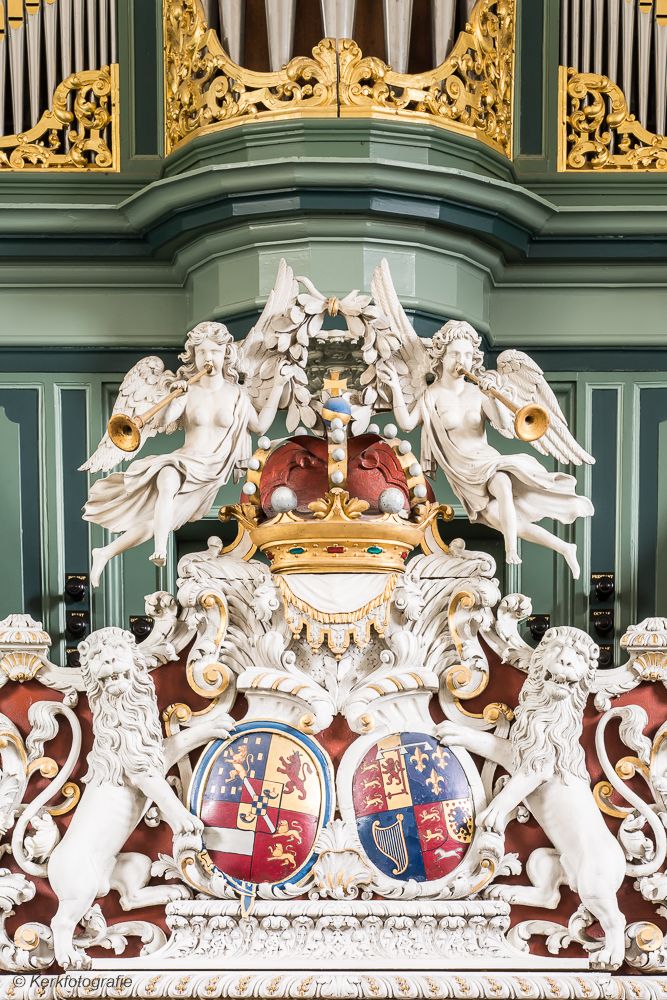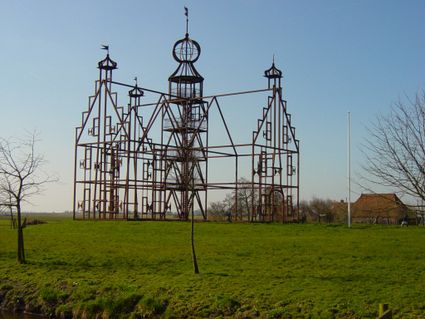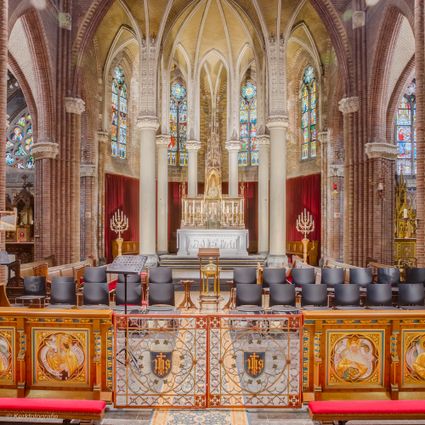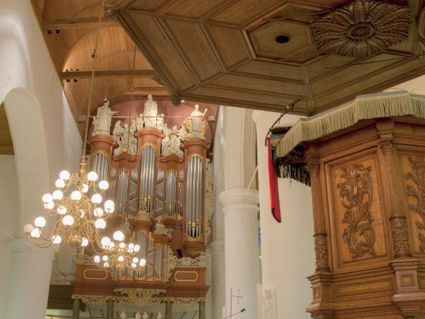
Waalse Kerk (Walloon Church)
The Waalse Kerk is a single-nave church dating from 1530. The church is located in the Grote Kerkstraat and is a national monument.
The Waalse Kerk (Walloon church) is so called because services used to be held in French. Even now it still happens every now and then. The French language was the main language of the European elite for centuries. This church was once the chapel of a large monastery complex with a nurse's house, an infirmary, a few houses, but also a bakery, a spinning mill and a beer brewery. The nuns were of the Dominican order. They were also called “the singing sisters”.
After the Reformation in 1580, the churches passed into Pro…
The Waalse Kerk (Walloon church) is so called because services used to be held in French. Even now it still happens every now and then. The French language was the main language of the European elite for centuries. This church was once the chapel of a large monastery complex with a nurse's house, an infirmary, a few houses, but also a bakery, a spinning mill and a beer brewery. The nuns were of the Dominican order. They were also called “the singing sisters”.
After the Reformation in 1580, the churches passed into Protestant hands, and the convent was taken from the sisters. They had been sung. The chapel was left empty. Fortunately, in the following century, she was given another position. Leeuwarden was then not only the capital but also the royal city. The royal household of the Nassaus attracted, among other things, French speakers, who were called Walloons in our country. They requested a service in their own language and a suitable space. There was no objection to that. The Walloons were also Calvinists. And so, at the request of the States of Friesland, the Walloon municipality was given the monastery chapel on loan. Since then it has been called the Waalse Kerk. Now it is the Remonstrant congregation that uses the Waalse Kerk for its church services.
The organ from 1740 is very special. It was built by Johan Michaël Schwartzburg and it was donated by Anna van Hannover, daughter of the English king George II. Anna married the Frisian stadtholder Willem Carel Hendrik Friso in 1734. She moved from the large English court to the much smaller court in Leeuwarden. In 1742, the Provincial Executive ordered Jaan Oenema to carve the imposing back of the organ, with the arms of the prince and princess. During the restoration of the church in the 1980s, the organ regained its original colors. At the end of 2001, the restoration of the organ pipes was also completed. The organ is now played again.







